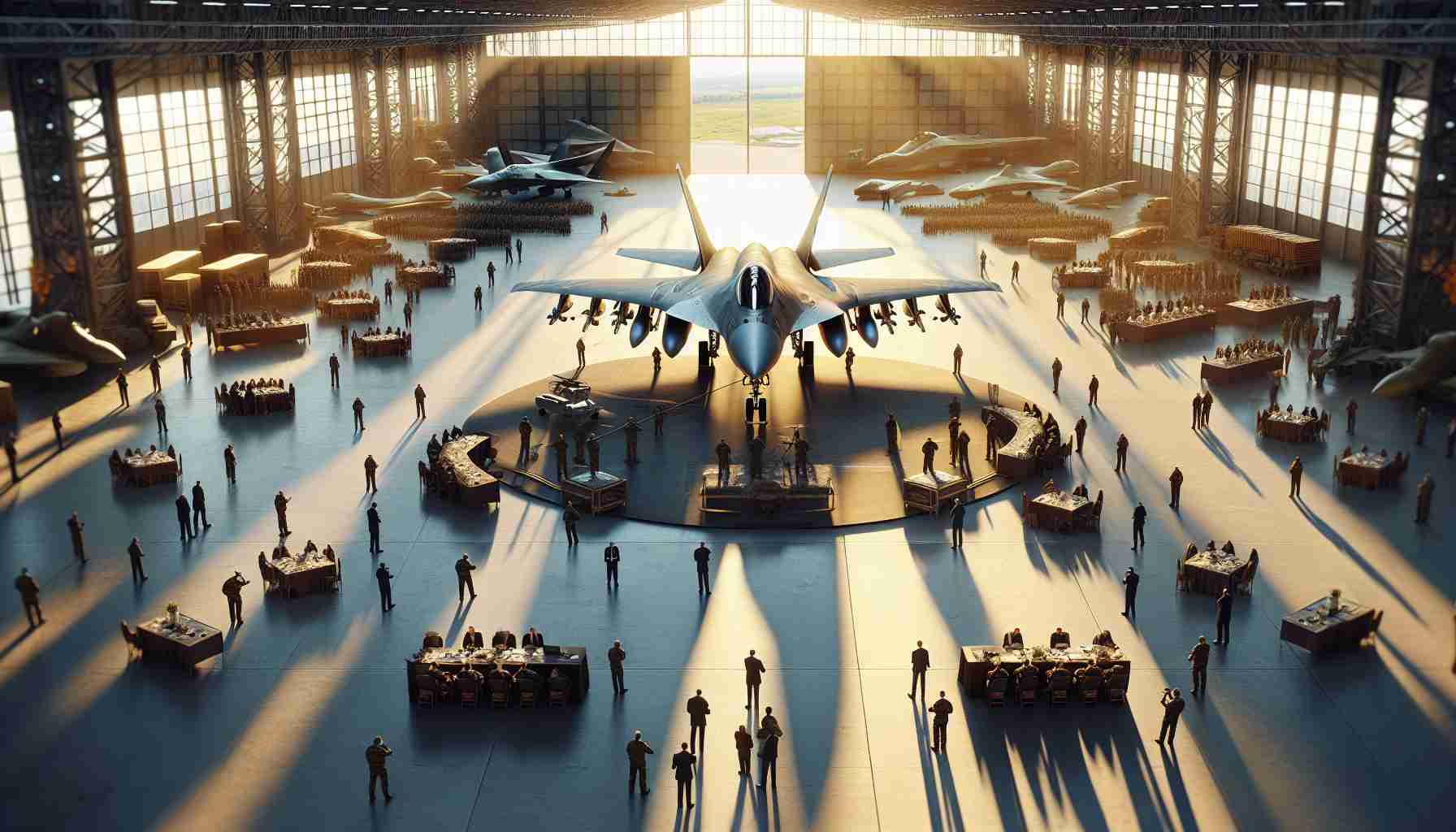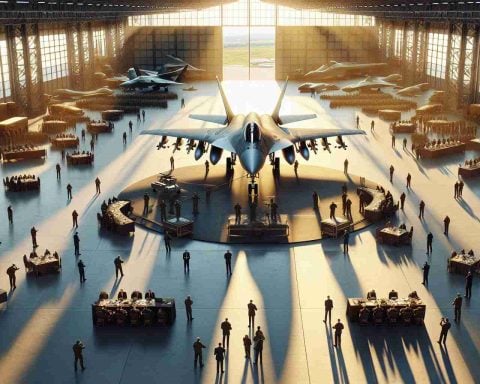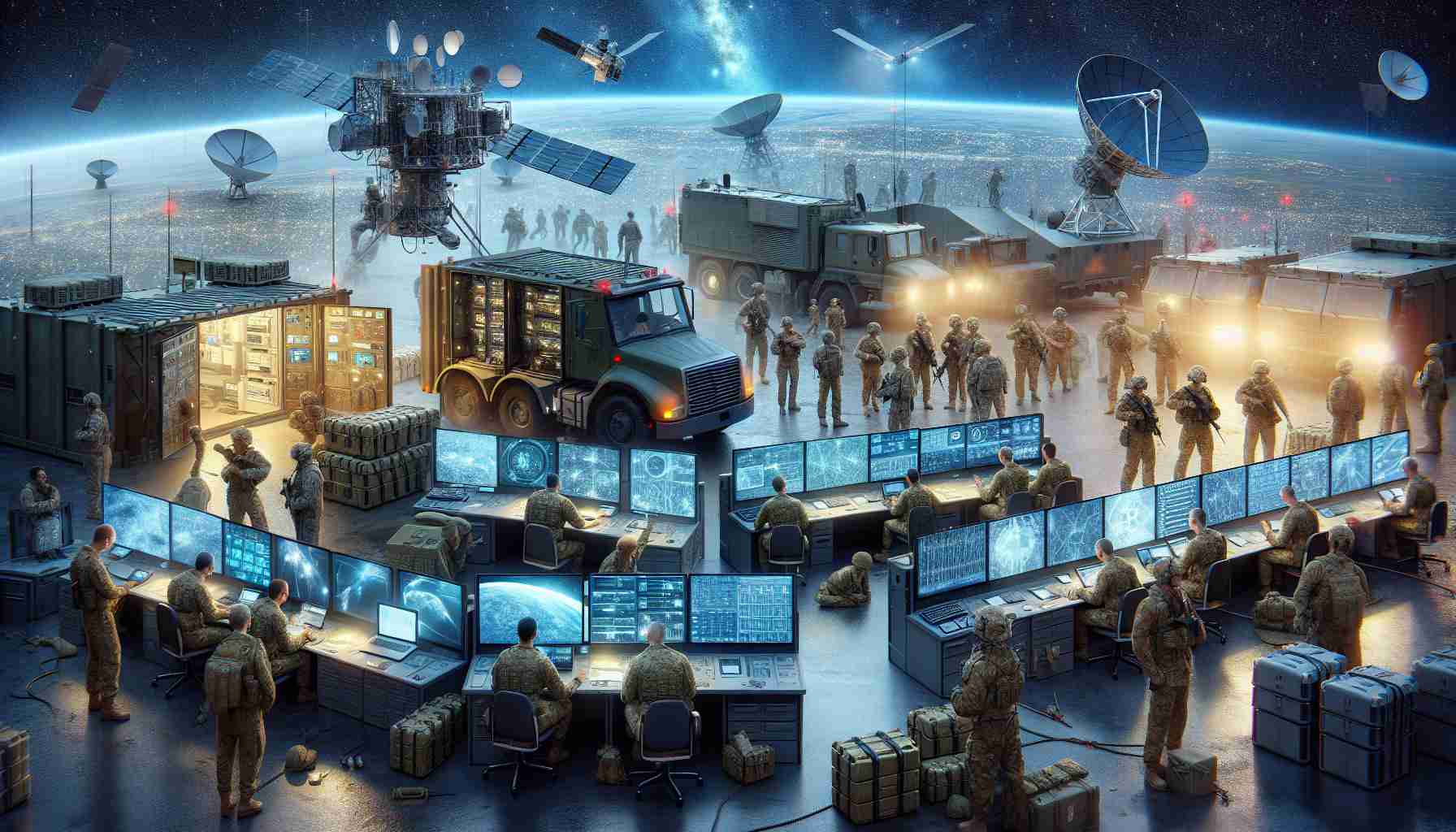As global military capabilities evolve, Iran is seeking to redefine its aerial prowess with the potential acquisition of the Russian Su-35 fighter jets. This move could mark a significant shift in the balance of power in the Middle East, and it showcases Iran’s strategic focus on advanced military technologies.
The Su-35 is renowned for its superior maneuverability, high-speed performance, and versatile combat capabilities. Equipped with sophisticated radar systems and advanced weaponry, this fourth-generation fighter could provide Iran with a formidable air superiority platform, helping to close the technology gap with regional powers such as Israel and Saudi Arabia.
This potential deal between Tehran and Moscow signifies a new chapter in Iran-Russia military cooperation, amid tightening Western sanctions on both nations. For Iran, the acquisition of the Su-35 could not only bolster its defense capabilities but also inspire advancements in its domestic aerospace industry. The integration of such advanced aircraft might spark increased research and development, fostering innovation in Iran’s aviation sector.
However, the international community remains watchful of this development. It raises questions about the geopolitical implications for the Middle East, especially concerning future airspace security dynamics. As Iran potentially enhances its defensive and offensive capabilities, neighboring countries may need to reassess their military strategies and alliances.
Ultimately, the Su-35 acquisition is a bold step, highlighting Iran’s ambition to modernize its military forces and secure its strategic interests in an increasingly complex and competitive regional landscape.
How Iran’s Su-35 Deal Could Revolutionize Military Technology in the Middle East
While the spotlight shines on Iran’s pursuit of the Russian Su-35 fighter jets, what remains less discussed is how this acquisition might catalyze broader technological advancements in the Middle East. Beyond the immediate military implications, the integration of such advanced technology has the potential to accelerate domestic innovations within Iran and possibly even stir technological developments across neighboring nations.
Does the Su-35 have regional implications beyond military balance? Absolutely. The introduction of these fighters could inadvertently spur technological competition within the region. Neighboring countries might ramp up investments in their own aerospace industries to remain competitive, potentially leading to a technological renaissance. Could this push Middle Eastern nations to collaborate or compete in the aerospace sector?
What are the broader advantages? The main advantage lies in potential civilian aerospace advancements. With increased focus on research and development, Iran might develop technologies that could spill over into commercial aviation, offering faster, more efficient air travel options. However, the environmental impact of heightened military and potentially civilian aviation capabilities poses a concern.
On the flip side, what are the disadvantages? The geopolitical balance could indeed be at risk. As Iran boosts its aerial might, neighboring countries may feel compelled to enhance their arsenals, potentially sparking an arms race. This escalation could lead to increased tension and instability in an already volatile region.
In sum, while the Su-35 deal is pivotal for Iran’s military strategy, its potential ripple effects on technological advancements and regional dynamics present a complex tapestry of opportunities and challenges.
For further insights into global military developments and technological impacts, consider visiting Reuters or BBC.






















